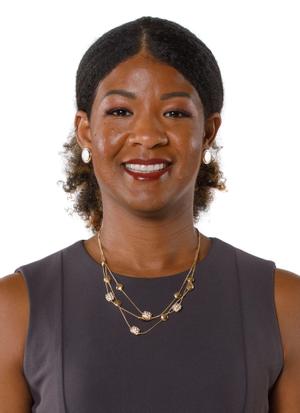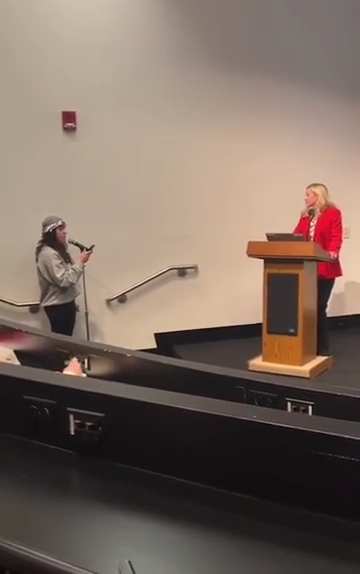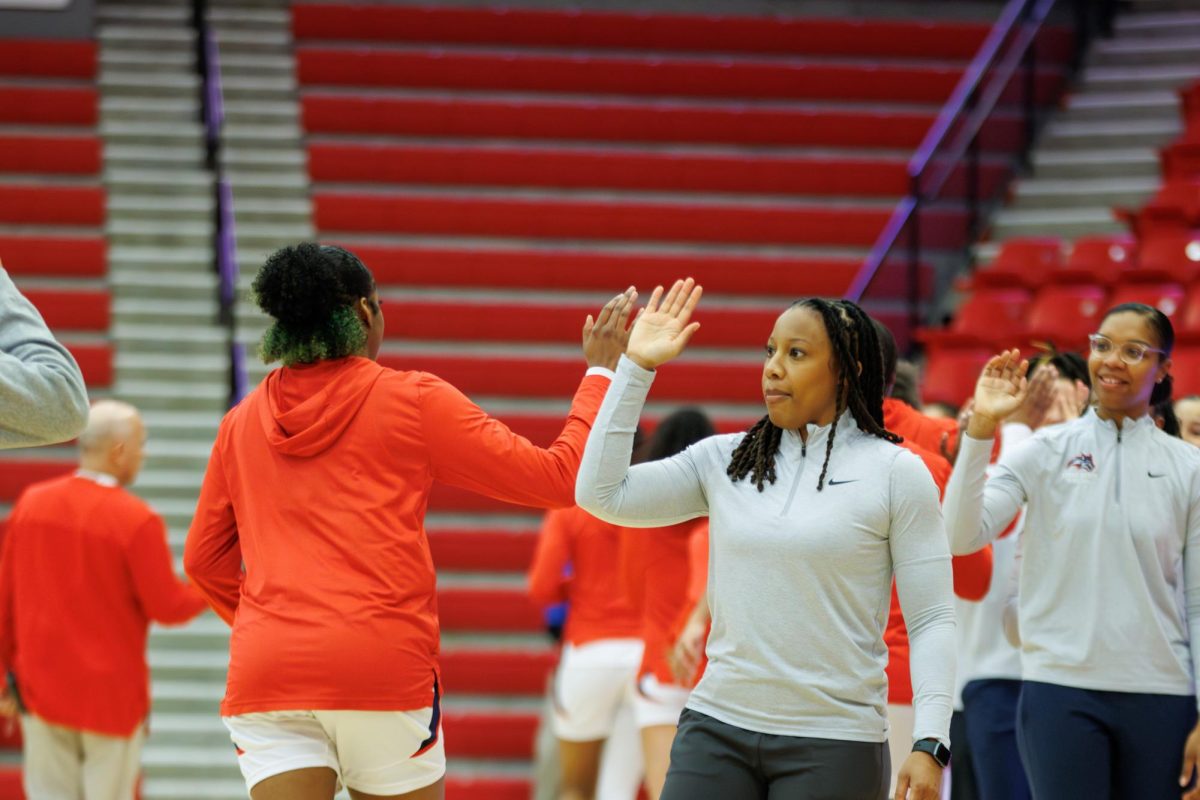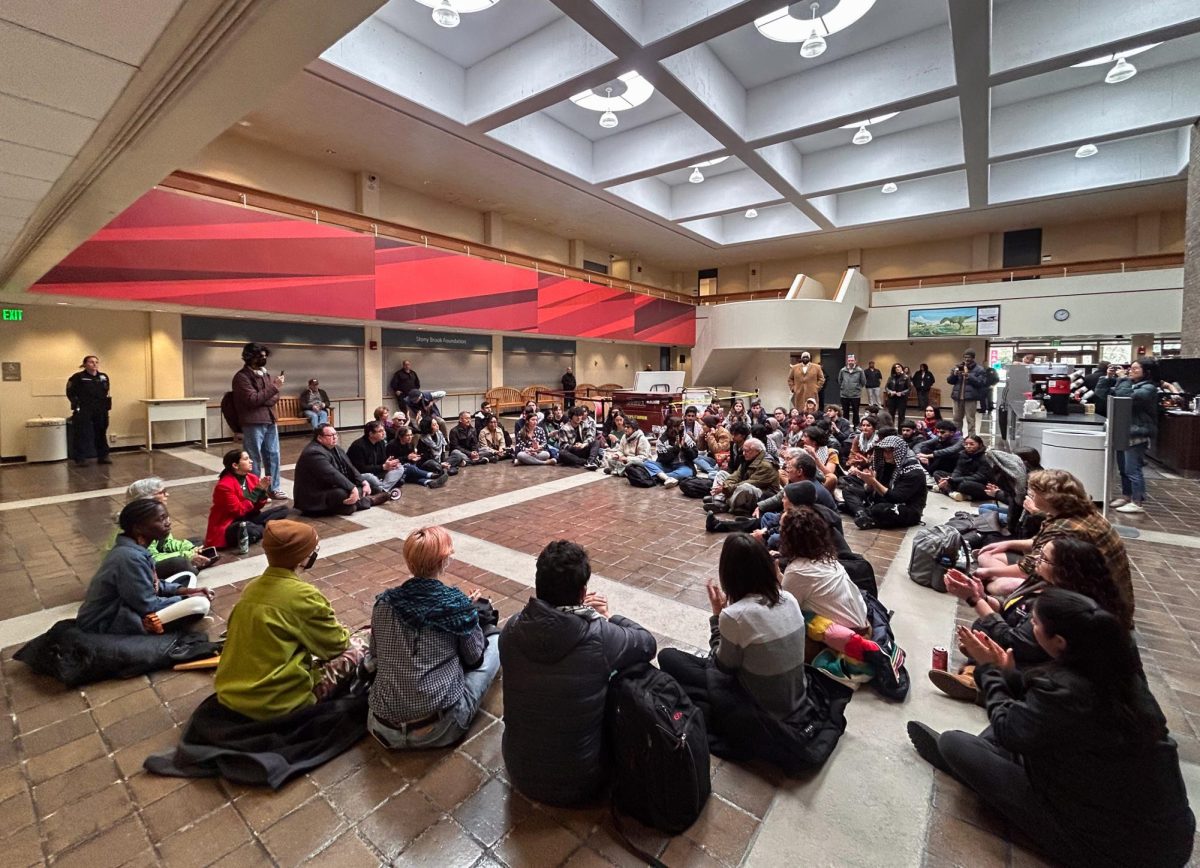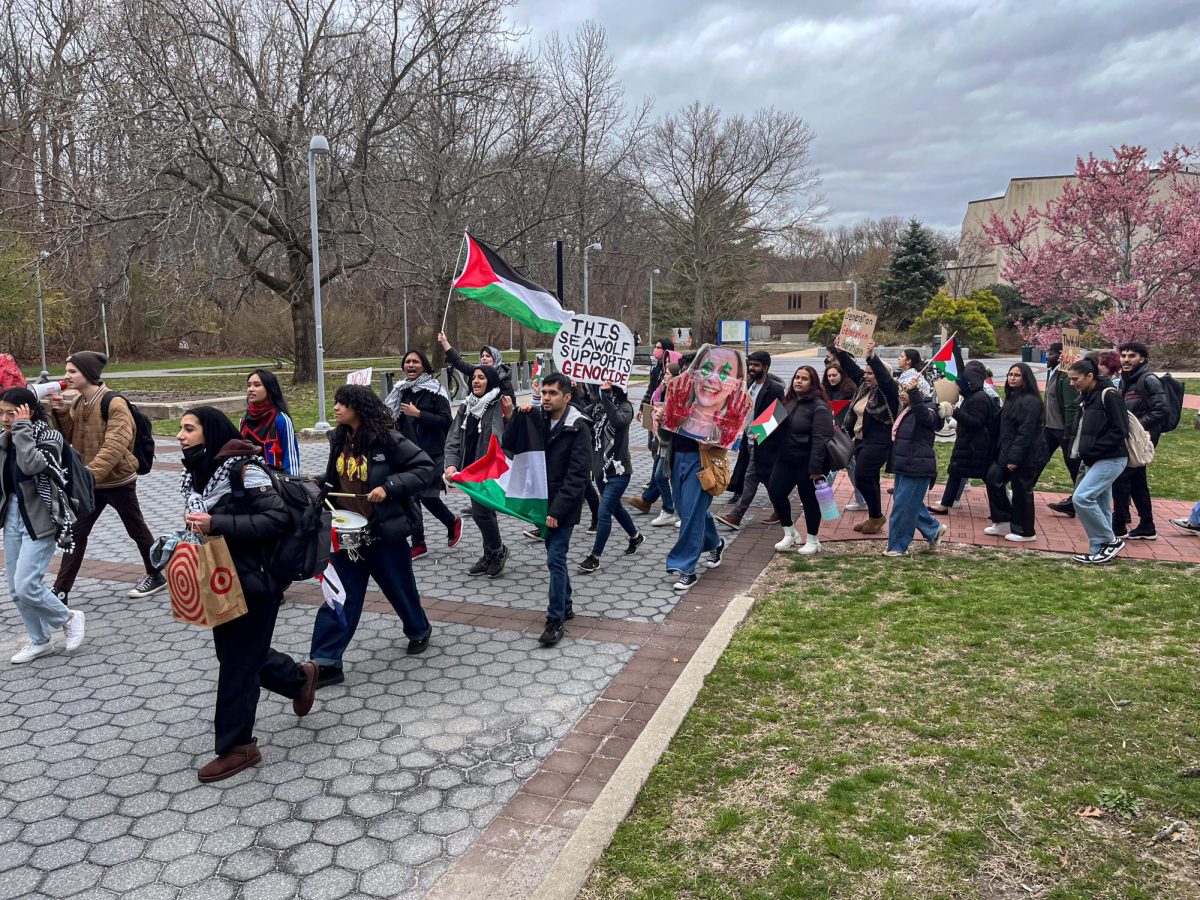
Early last month, 15-year-old Ariana Taylor was beaten by four other girls at a McDonald’s in Flatbush while at least a dozen people looked on. Approximately three minutes of video were captured, showing the teen getting punched and kicked in the head repeatedly during the incident on March 9.
“Yo, she’s dead,” cried one of the onlookers. “It’s a murder!”
A couple of days after the incident, The Brian Lehrer Show on WNYC had Karen Sobel-Lojeski, a professor in Stony Brook’s Department of Technology and Society, on the show to talk about virtual distance.
The concept is Sobel-Lojeski’s brainchild, and she describes it as “putting a screen before what is happening and what we’re seeing,” which in turn creates a “psychological sense of detachment.”
Besides the infamous bystander effect, which psychologytoday.com defines as being “when the presence of others hinders an individual from intervening in an emergency situation,” Sobel-Lojeski said virtual distance could make matters worse, as seen in the case at McDonald’s.
“Kids are not only affected by the bystander effect, but matters are made worse once they put a screen in front of their face to tape it,” she said. “What’s actually happening seems surreal.”
In an article recently co-authored by Sobel-Lojeski for theconversation.com called “Virtual distance: technology is rewriting the handbook for human interaction,” she explains virtual distance does lead to lower tendencies to help neighbors in trouble.
“When the ripple effects of actions and inactions seem to go no further than the screen, empathy and collaborative skills can be difficult to develop,” she wrote. “For example, children seem to have trouble looking into other people’s eyes and are less able to hold conversations.”
Joseph Whearty, a sophomore majoring in business management and cinema and cultural studies, expressed his observation that virtual distance is widespread with millennials and recognized the pros and cons of technology.
“It can be beneficial because it allows everyone to be connected and experience things that they were not able to see,” Whearty said. “I think a detriment, though, is it creates more of a distance between the bystander and the event because now they might see themselves as documentarians, who have no obligation to interact, rather than bystanders.”
Debankur Chatterjee, a sophomore computer science major at Hunter College, went to school at Brooklyn Technical High School and said another factor might have played a big part in the non-intervention of the crowd.
“I’ve had some black friends in Brooklyn and I noticed some had mistrust in authorities,” Chatterjee said. “So that probably played a part in why nobody called the police.”
Sobel-Lojeski also stressed that another major byproduct of virtual distance is the tendency for people to extend their identity into the online world.
According to The New York Daily News, Taylor posted “Everyone Like Im Famous Now” to her Facebook page after the beating video was gaining popularity online.
“People get in their own head and think getting on social media makes you the center of the world,” Sobel-Lojeski said.
But Sobel-Lojeski not only diagnoses the problems of virtual distance. She has a goal of making sure people—especially millennials—understand the difference between a life with human experience and a life mediated with technology.
She said the “threshold generation,” the last demographic to know a life without such immediate technology and a life fully immersed in it, has a “moral responsibility” to help people understand the differences.
“It’s my mission in life,” she said. “I’m not advocating throwing technology out the window, I’m advocating identifying the problem.”
Sobel-Lojeski said a place will never be found where only the good side of technology exists, but virtual distance can be managed.










